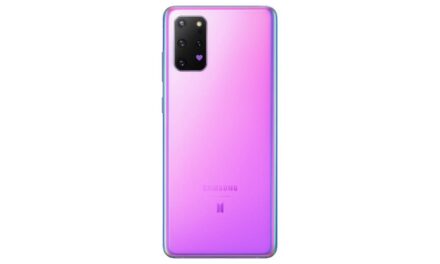
Imaging Engineers Shed Light on Xiaomi’s Vision for Computational Photography

Riyadh, Saudi Arabia. 13th September 2022 – Xiaomi has pursued the cutting edge of smartphone photography innovation since inception, and continuously offered exceptional user experience. Over a decade of dedication has brought about profound achievements in advanced imaging, spanning both hardware and software.
In 2017, Xiaomi showcased one of the world’s first 12MP camera smartphones, Mi 6, featuring 2X optical zoom, 1.25μm pixels, and four-axis OIS. In 2018, a dedicated R&D team was created to accelerate smartphone photography advancement. In March 2022, Xiaomi shook the industry yet again with Xiaomi 12 Series, which featured multiple computational photography breakthroughs, including advanced AI-based features like Xiaomi ProFocus, and for photography the Ultra Night Photo.
One of Xiaomi’s milestone smartphone photography achievements is Night Mode algorithm, which allows hassle free shooting even in low-lighting environments. Lei Lei, director of Algorithm Department, and his team have received wide recognition for their achievements in this area, from both public and professional photographer communities, receiving awards at events such as NTIRE 2022
To find out more about the vision behind Xiaomi’s computational photography push and the internal methodologies of the AI Imaging Algorithm team, we asked Lei Lei to share some thoughts.
Simple questions with complex answers
Lei Lei’s team started its exploration with a simple question, “how can we let users to take good photos consistently, regardless of lighting conditions?”.
“What we were trying to do was to deliver a smart, easy-to-use photography experience built on a deep understanding of users’ photography habits”, said Lei Lei, “all AI imaging technologies in Xiaomi smartphones are built to enable users to take images and videos with a look increasingly closer-to-life.”
Lei Lei describes his approach as “Aesthetic Exploration”. At Xiaomi, every imaging engineer believes that subjective “aesthetic preferences drive user experience”. Hence, interpreting these aesthetic preferences has been one of the main issues on the agenda. Solving this puzzle requires a complex mix of imaging engineering, detail processing, perfecting contrast ratios and white balance, and even AI learning – all of this to make sure users get their pictures and videos exactly the way they envisaged them.

R&D success vs. Elevated user experience
“Although it’s really rewarding to see our innovations be incorporated into new products, whenever we start a new project, what motivates us the most is not R&D success,” notes Lei Lei, “it’s more about seeing how our technologies can help people solve daily issues and improve lives. I’m convinced that this is one value that every imaging engineer at Xiaomi will subscribe to.”
In 2018, photography became grew to be one of the most sought-after features in smartphones, and major smartphone manufactures began allocating a large portion of their resources to photo and video research. As an industry-leading brand, Xiaomi contributed to this technological trend by introducing products equipped with bleeding-edge photography and videography features to the mass market. Those included some of the industry’s largest smartphone camera lenses, as well as groundbreaking AI features.
Xiaomi’s AI algorithms are carefully designed and optimized by product with consumer needs in mind. “The idea of developing computational photography features, including Night Mode, started from our simple observation that images taken in low-light conditions rarely meet user quality expectations, which is exacerbated by the fact that it is a rather common shooting scenario, such as say, when you’re out with friends for an evening,” says Lei Lei.
Night Mode was developed with a clear aim – to enable users to capture crisp and clear images, while decreasing noise levels when shooting with illumination as low as 0.1Lux, which is roughly equal to shooting with only a full moon as your light source.
“Aiming high, and walking into territory barely any brand has explored before was a great challenge for us. Back then, no one knew how long it would take for us to reach the expected destination. What we did was just keep moving towards the goal, not as individuals but as a team, while respecting science, being open to new knowledge, and constantly encouraging each other. Personally, I believe this is part of what allows us to achieve technological success.”
*Feature Explanation:
Xiaomi ProFocus: Xiaomi ProFocus is AI based photography algorithm which enables Xiaomi smartphone intelligently identify and track shooting objects, preventing blurring or out-of-focus shots of moving or veiled subjects.
Ultra Night Photo: Ultra Night Photo is an AI based photography algorithm developed to help smartphones easily capture detailed images with as little as 0.02 lux of light.
Night Mode: Xiaomi’s own Night Mode algorithm developed to enable Xiaomi smartphone to excel in extreme low-light scenarios and allows snappier shots.
















































